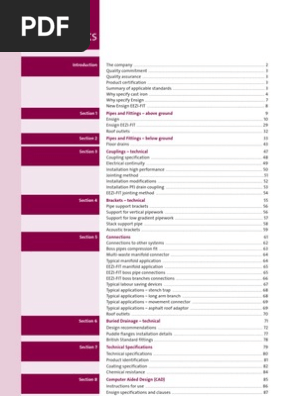0% found this document useful (0 votes)
116 views29 pagesIT Professional Assignment
The document discusses a course assignment submitted by 5 students to their instructor for their IT social, professional and ethical issues course. The assignment covers fiber optic communication systems including their history, generations, key features, applications, advantages and disadvantages. The summary provides high-level information about the document's topic and purpose in 3 sentences.
Uploaded by
Mikiale kirosCopyright
© © All Rights Reserved
We take content rights seriously. If you suspect this is your content, claim it here.
Available Formats
Download as PPT, PDF, TXT or read online on Scribd
0% found this document useful (0 votes)
116 views29 pagesIT Professional Assignment
The document discusses a course assignment submitted by 5 students to their instructor for their IT social, professional and ethical issues course. The assignment covers fiber optic communication systems including their history, generations, key features, applications, advantages and disadvantages. The summary provides high-level information about the document's topic and purpose in 3 sentences.
Uploaded by
Mikiale kirosCopyright
© © All Rights Reserved
We take content rights seriously. If you suspect this is your content, claim it here.
Available Formats
Download as PPT, PDF, TXT or read online on Scribd
/ 29



















































































